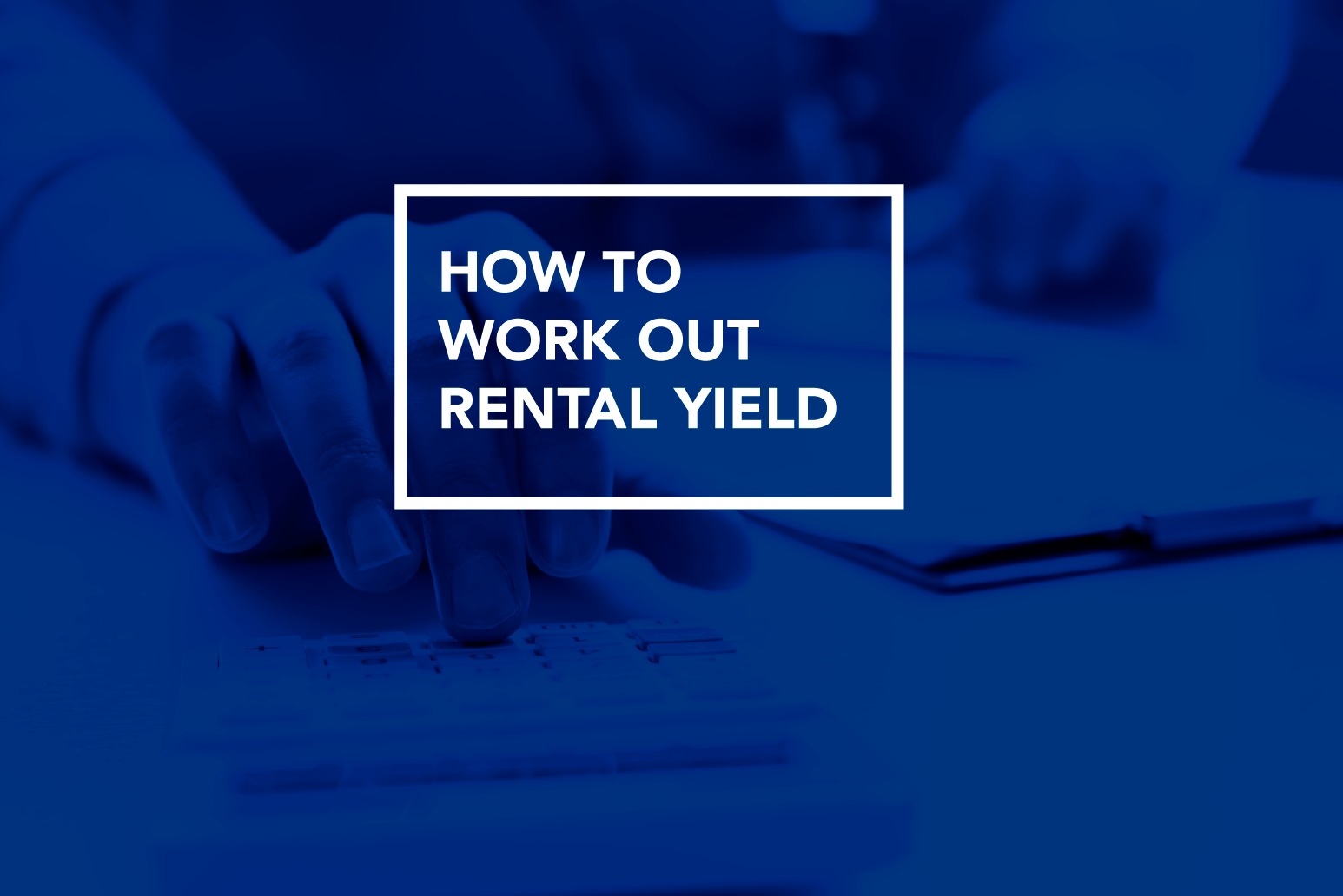



Rental yield is a key metric for property investors, as it helps determine the profitability of a buy-to-let investment. Understanding how to calculate rental yield can help investors compare properties and make informed decisions.
This guide explains how to calculate gross and net rental yield, why rental yield matters, and what is considered a good yield in the UK property market.
Rental yield is the return on investment from a rental property, expressed as a percentage. It is calculated by comparing the property’s rental income to its purchase price or market value.
There are two types of rental yield:
Formula:
Gross Rental Yield=(Annual Rental IncomeProperty Price)×100\text{Gross Rental Yield} = \left( \frac{\text{Annual Rental Income}}{\text{Property Price}} \right) \times 100
(14,400250,000)×100=5.76%\left( \frac{14,400}{250,000} \right) \times 100 = 5.76\%
The gross rental yield is 5.76%.
Gross yield does not account for running costs. To get a clearer picture, use the net rental yield formula:
Net Rental Yield=(Annual Rental Income−Annual ExpensesProperty Price)×100\text{Net Rental Yield} = \left( \frac{\text{Annual Rental Income} - \text{Annual Expenses}}{\text{Property Price}} \right) \times 100
(14,400−3,000250,000)×100=4.56%\left( \frac{14,400 - 3,000}{250,000} \right) \times 100 = 4.56\%
The net rental yield is 4.56%, giving a more accurate picture of profitability.
Rental yields vary by location, property type, and market demand.
A good rental yield is typically 5-7%, depending on investment strategy and risk appetite.
As a leading real estate consultancy, Fraser Bond helps investors:
Contact Fraser Bond today to maximise your rental yield and build a successful property portfolio.